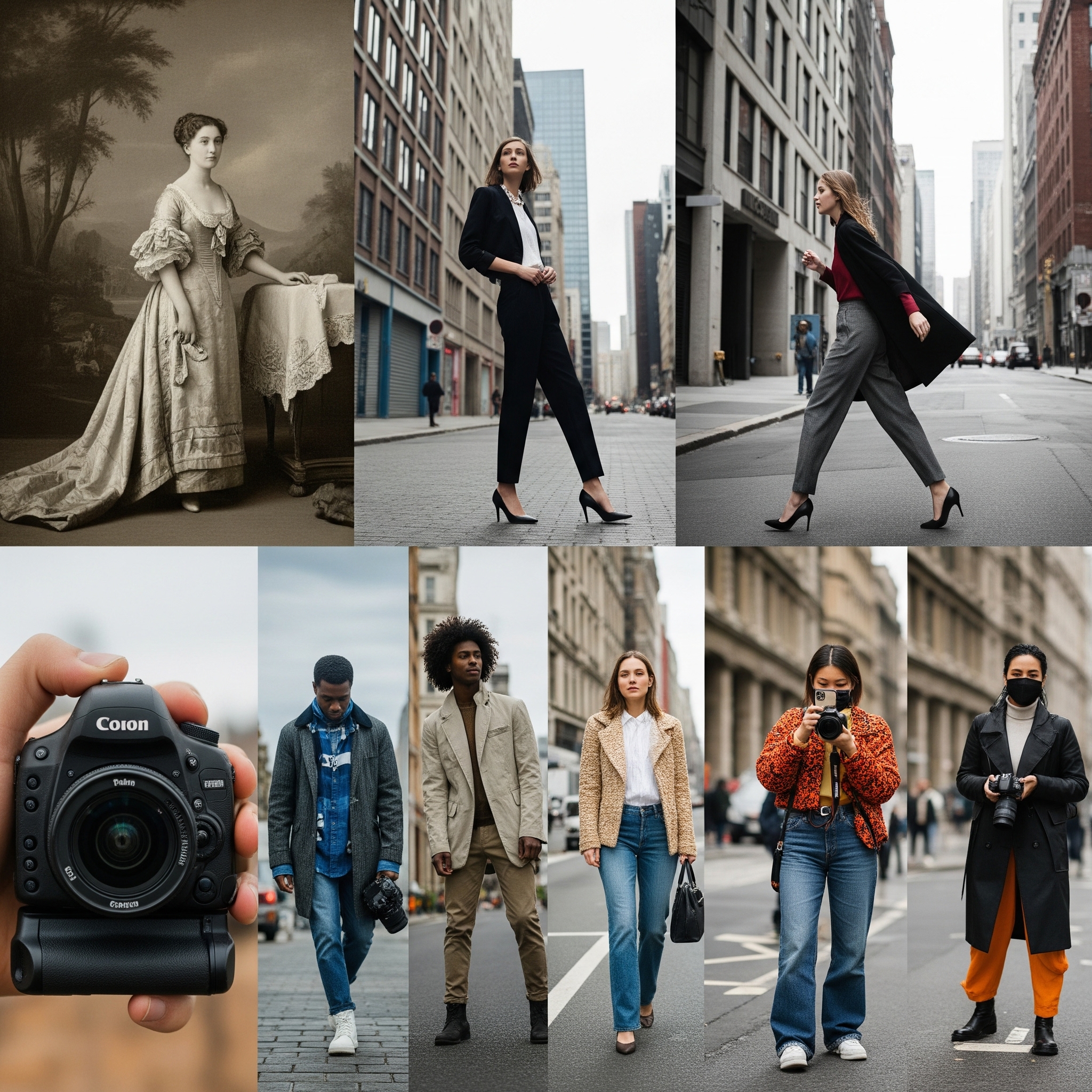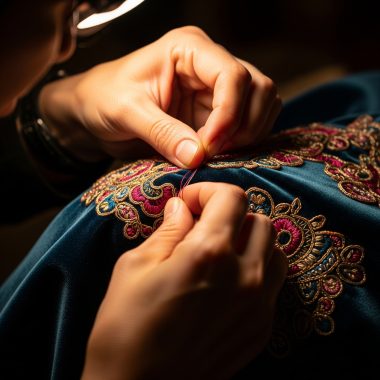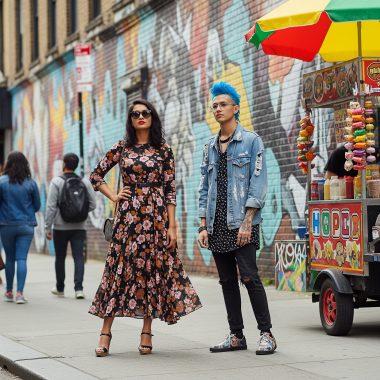Fashion photography is more than just pictures of clothes; it is an art form that has profoundly shaped how we perceive style, beauty, and aspiration. From its early, static beginnings to its current dynamic and diverse manifestations, the evolution of fashion photography mirrors the industry’s own journey, reflecting technological advancements, cultural shifts, and changing aesthetic sensibilities. It is the visual language that translates designers’ visions into compelling narratives, influencing desires and defining eras.
In its nascent stages, fashion photography was primarily documentary and illustrative. Emerging in the late 19th and early 20th centuries, early fashion images were often stiff, posed studio shots, designed simply to show the details of a garment. Photographers like Adolf de Meyer and Edward Steichen, working for publications like Vogue and Harper’s Bazaar, began to infuse a sense of artistry, using soft focus and dramatic lighting to create more atmospheric images. However, the models remained largely static, serving as mannequins to display the clothing. The focus was on clarity and the faithful representation of the design.
The mid-20th century brought a revolutionary shift, ushering in an era of narrative and movement. Photographers like Richard Avedon and Irving Penn broke away from static poses, introducing dynamism, emotion, and storytelling into their work. Avedon’s iconic image of Dovima with elephants, or Penn’s elegant studio portraits, captured models in motion, interacting with their surroundings, or conveying a distinct personality. This era saw fashion photography move beyond mere documentation to become a powerful tool for creating fantasy, glamour, and aspirational lifestyles. The images were no longer just about the clothes, but about the feeling and the world they evoked.
The latter half of the 20th century witnessed further experimentation and the rise of supermodels. Photographers like Helmut Newton and Guy Bourdin pushed boundaries with provocative, often controversial, imagery that challenged societal norms and explored themes of power, sexuality, and desire. Their work was bold, cinematic, and often surreal, transforming fashion photography into a form of high art. Concurrently, the era of the supermodel emerged, with figures like Naomi Campbell, Linda Evangelista, and Cindy Crawford becoming household names, their faces as recognizable as the clothes they wore. This symbiotic relationship between photographer, model, and designer created an unprecedented level of global influence.
The turn of the millennium and the advent of digital technology brought another seismic shift. Digital cameras and editing software offered unprecedented flexibility and creative control. This led to a boom in diverse styles, from hyper-realistic and gritty street photography to highly manipulated, fantastical imagery. The internet and social media platforms democratized access to fashion photography, allowing aspiring photographers to showcase their work and enabling instant global dissemination of images. This accessibility also led to a blurring of lines between editorial, advertising, and personal expression, as everyone with a smartphone became a potential fashion photographer.
Today, fashion photography is incredibly diverse and multifaceted. It encompasses everything from high-concept art pieces found in galleries to candid street style shots, from elaborate advertising campaigns to intimate behind-the-scenes glimpses. There’s a growing emphasis on inclusivity, authenticity, and sustainability, with photographers challenging traditional beauty standards and featuring a wider range of body types, ethnicities, and ages. The focus is not just on selling clothes, but on telling stories, provoking thought, and reflecting the complexities of a globalized world.
In conclusion, fashion photography has evolved from a simple record of garments into a sophisticated art form that shapes our understanding of style and culture. It has adapted to technological changes, embraced diverse aesthetics, and continually pushed creative boundaries. As the fashion industry continues to transform, fashion photography will undoubtedly remain its most powerful visual storyteller, capturing the essence of each era through the lens.



